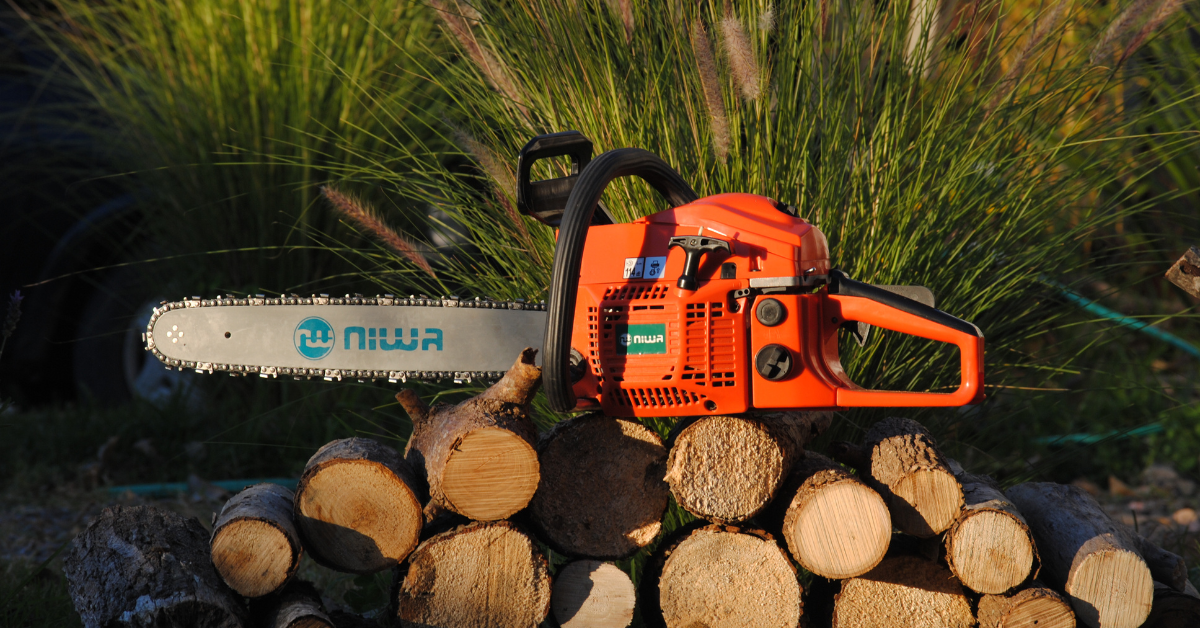
Differences Between Full-Chisel, Semi-Chisel, and Low-Profile Chainsaw Chains: Comprehensive Guide

*Collaborative Post
Choosing the right chainsaw chain can significantly impact your cutting tasks’ efficiency and safety. Full-chisel chains are known for their fast cutting speed, making them ideal for professionals working with hardwood. On the other hand, semi-chisel chains offer better versatility and maintain sharpness longer. These are especially beneficial in dirty or cold conditions and are easier for beginners. Low-profile chains are safer options, designed specifically to prevent kickback, making them suitable for novice users and softer wood tasks. Understanding the distinct advantages of each type will help you select the most appropriate chain for your needs, whether you are a seasoned professional or a newcomer to chainsaw usage.
For those in Australia, purchasing high-quality chains and bars is accessible through AU chainsaw chains and bars, ensuring reliability and performance tailored to different cutting requirements. Each chain type offers unique benefits, and knowing these differences allows you to optimize your chainsaw’s performance. In the US, the market offers a vast selection of chains and bars from multiple manufacturers, often emphasizing innovative features and advanced technologies due to the competitive landscape. American chains and bars are known for their durability and are designed to handle heavy-duty tasks, making them ideal for both professional and recreational use. Meanwhile, in the UK, chainsaw chains and bars are often engineered with a focus on precision and efficiency, reflecting the country’s stringent safety standards and environmental regulations. UK chains and bars are typically praised for their high-quality materials and craftsmanship, ensuring long-lasting performance even in challenging conditions.
Key Takeaways
- Full-chisel chains are best for fast cutting in hardwood.
- Semi-chisel chains maintain sharpness longer and are versatile.
- Low-profile chains enhance safety and are ideal for beginners.
Understanding Chainsaw Chains
Chainsaw chains are made up of various components that significantly affect their performance. Knowing the types of chains, their impact on performance, and the importance of pitch and gauge will help in selecting the right chain for the job.
Types of Chainsaw Chains and Their Distinctive Teeth
Chainsaw chains come in different types, each with unique teeth designs. Full-chisel chains have square-shaped teeth providing aggressive cutting performance, ideal for tough woodworking tasks. Semi-chisel chains feature round-cornered teeth, which cut slower but stay sharper longer, especially in rough cutting conditions like dirty or frozen wood.
Impact of Drive Links on Chainsaw Performance
Drive links are the parts of the chainsaw chain that engage with the chainsaw’s guide bar. The number of drive links must match the guide bar for optimal performance. Drive links contribute to chain stability and smooth operation. The interaction between the drive links and the bar ensures the chain stays aligned, reducing wear and tear and improving cutting efficiency.
Significance of Pitch and Gauge in Chainsaw Chains
Pitch and gauge are critical measurements in chainsaw chains. Pitch refers to the distance between any three consecutive rivets divided by two, directly affecting compatibility with the chainsaw’s guide bar and sprocket. Common pitch sizes are 1/4″, 3/8″, and .325″. Gauge is the thickness of the drive links, influencing the chain’s fit in the guide bar groove.
Each component and measurement plays a vital role in how a chainsaw chain performs, underscoring the need for precise matching of chainsaw chains to their bars and intended cutting tasks.
Comparing Full-Chisel, Semi-Chisel, and Low-Profile Chains
Choosing the right chainsaw chain depends on one’s specific needs and the type of wood being cut. Full-chisel chains are known for aggressive, fast cutting but require frequent sharpening, while semi-chisel chains offer better durability and versatility. Low-profile chains provide safety and ease in maintenance for casual users.
Full-Chisel Chains: Efficiency and Cutting Speed
Full-chisel chains are renowned for their aggressive cutting capabilities, making them ideal for cutting large pieces of wood quickly. The square-cornered teeth allow for faster cuts, but this efficiency comes with a trade-off: the chains dull more quickly and require frequent sharpening.
These chains are best suited for clean wood and less abrasive environments. They shine in situations demanding swift and efficient cuts, such as in hardwoods. However, they tend to struggle with dirty wood, frozen wood, or wood containing sand or dirt, as these conditions accelerate dulling.
A full-chisel chain’s sharp point edges and fast cutting speed are advantageous for professionals in forestry and landscaping who prioritize time over frequent maintenance intervals.
Semi-Chisel Chains: Versatility and Durability
Semi-chisel chains feature round-cornered teeth, which offer a balance between cutting performance and durability. These chains cut slower than full-chisel chains but maintain their sharpness longer, especially in abrasive conditions like dirty or frozen wood.
The round grid edge makes these chains easier to file than their full-chisel counterparts. They are best used for softer woods, dirty wood, or dry wood, providing flexibility for various cutting tasks.
Due to their versatile nature, semi-chisel chains are preferred in scenarios where maintaining sharpness over time is critical. These chains are less aggressive and more forgiving, making them an excellent choice for both professionals and casual users alike.
Low-Profile Chains: Safety and Maintenance Advantages
Low-profile chains are designed with safety and ease of use as top priorities. Combining elements of both full- and semi-chisel chains, they often feature additional safety enhancements to reduce kickback risk.
These chains are ideal for non-professional users who might prioritize safety and ease of maintenance. Their unique design helps ensure that even less experienced users can operate their power tools effectively and safely.
In addition to lower kickback risk, low-profile chains also simplify regular maintenance tasks such as proper tensioning and regular cleaning. The design helps to keep the chains sharp longer and simplifies the sharpening process, making them an attractive option for casual users focused on straightforward, safer cutting tasks.
Conclusion
Understanding the differences between full-chisel, semi-chisel, and low-profile chainsaw chains can help users select the most suitable option for their specific needs. Full-chisel chains offer fast, precise cuts but dull quickly and are harder to sharpen. Semi-chisel chains are more durable and handle various conditions better. Low-profile chains emphasize safety and ease of use for non-professional users.
*This is a collaborative post. For further information please refer to my disclosure page.




